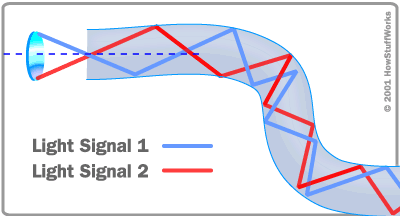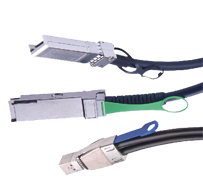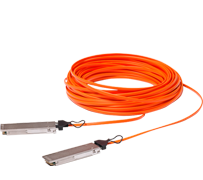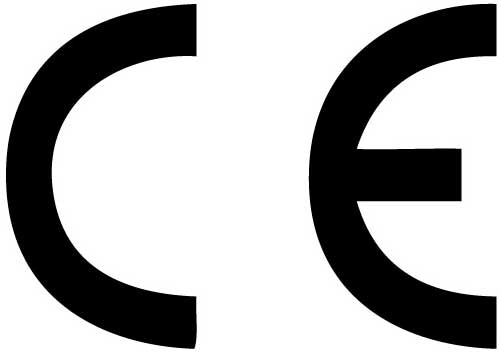How fiber work?
11/4/15 | Technical Article
Communication with the fiber from the outer cover of plastic protective layer composed of glass as thin as a hair. Glass substantially consists of two parts: the core diameter of 9 to 62.5μm, the cover having a diameter of 125μm low refractive index of a glass material. Although according to the materials used and the dimensions of different points there are other types of fiber, but mentioned here are the most common that several. Light in the core portion of the fiber to the "total internal reflection" mode for transmission, but also refers to an end after the light enters the fiber, at the interface between the core and the cladding reflected back and forth, and then transferred to the other end of the fiber. Core diameter of 62.5μm, cladding outer diameter of 125μm fiber called 62.5/125μm light.
Multimode and single-mode fiber is the difference?
Multimode: Fiber can spread to hundreds of thousands of patterns, called multi-mode (MM) fiber. In the radial distribution of the core and cladding according to the refractive index of the step can be divided into multi-mode fiber and multimode fiber graded. Almost all of the multimode fiber dimensions are 50/125μm or 62.5/125μm, and the bandwidth (the amount of optical fiber transmission of information) is usually 200MHz to 2GHz. Multimode Optical multimode fiber can be up to five kilometers of transmission. In the light-emitting diode or a laser as a light source.
Single-mode: Only propagation mode fiber called a single-mode fiber. Standard single-mode (SM) fiber index profile and step-fiber similar, but the core diameter is much smaller than multimode fiber.
Single-mode fiber size 9-10/125μm, and compared to multimode fiber having unlimited bandwidth and lower loss characteristics. The single-mode optical transceiver used for long distance transmission, sometimes up to 150-200 km. Use LD or narrow spectral line LED as a light source.
The difference between contact:
Single-mode devices typically can run on a single-mode optical fiber can also be run on a multi-mode fiber, and multimode devices running only on multimode fiber.
Loss transmission of how the use of fiber optic cable?
It depends on the type of transmitted light wavelength and fiber.
When 850nm wavelengths for multimode fiber: 3.0 dB/km
When 1310nm wavelengths for multimode fiber: 1.0 dB/km
When 1310nm wavelengths for single mode fiber: 0.4 dB/km
When 1550nm wavelengths for single mode fiber: 0.2 dB/km
 fiber, optical, single-mode, multimode, 62.5μm, 125μm, transmission
fiber, optical, single-mode, multimode, 62.5μm, 125μm, transmission


























